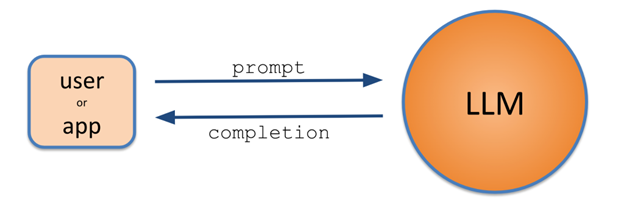Technology Transfer - since 1986
Leading Edge Information Technology Education
If you think education is expensive, try ignorance...
Derek Bok
Online Events
Due to time zones, events presented by American speakers will be spread over more days, and will take place in the afternoon from 2 pm to 6 pm Italian time
Introduction to Generative AI for Java Developers
ONLINE LIVE STREAMING
May 13 - May 14, 2024
By: Frank Greco
Building a Competitive Data Strategy for a Data-Driven Enterprise
ONLINE LIVE STREAMING
May 17, 2024
By: Mike Ferguson
Practical Guidelines for Designing Modern Data Architectures
ONLINE LIVE STREAMING
May 23 - May 24, 2024
By: Rick van der Lans
Data Quality: A “must” for the Business Success
ONLINE LIVE STREAMING
May 27 - May 28, 2024
By: Nigel Turner
The Data Lakehouse Approach to Modern Data Architecture
ONLINE LIVE STREAMING
May 31, 2024
By: John O'Brien
Upcoming Events

April 2024
Upcoming events by this speaker:
May 13-14, 2024 Online live streaming:
Introduction to Generative AI for Java Developers
Generative AI and Enterprise Java Developers (Second Part)
Effective Communication with Generative AI
We certainly know that Generative AI is a groundbreaking field that has evolved rapidly, offering incredible potential for creativity and problem-solving. Communicating effectively with these models is critical and involves mastering the art of prompt engineering.
At the core of interacting with generative AI is the concept of prompts and completions. A prompt is the input that is provided to the model, guiding it to generate relevant and coherent outputs. Those outputs returning from the LLM are called completions, i.e., the LLM effectively says, “I will use your prompt starting point and complete a string of words based on the most probable ones that I have learned”.

Understanding the relationship between prompts and completions is key to getting an LLM to generate the desired result. Crafting prompts with precision is vital for obtaining desired and meaningful completions.